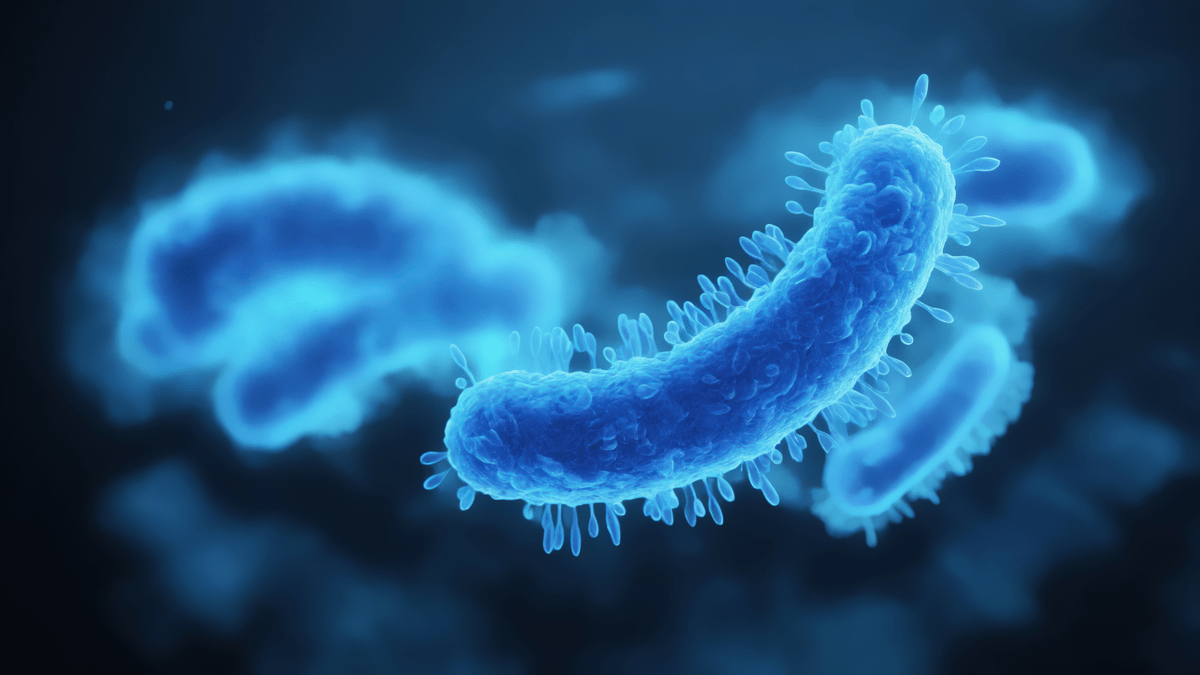Health care workers have spent hours upon hours wearing a respirator or mask on and off the clock since the outbreak of COVID-19. Now many are also experiencing skin irritations because of it.
“We want our respirators to fit securely on our faces, which is the right way to protect ourselves and our patients,” says Stephanie Kennedy, Riverside’s director of Employee Occupational Health. “But it also can lead to inflammation from repeated friction between the mask and face.”
As many as 97 percent of frontline health care workers reported skin irritation from protective equipment, primarily affecting the nasal bridge, hands, cheek and forehead, according to a study published in the May issue of the Journal of the American Academy of Dermatology. The nasal bridge was the most commonly affected site.
Additional factors, such as a fast-paced, stressful environment, can lead to more sweat, heat and moisture being trapped in the respirator, exacerbating skin conditions.
Here are some of the conditions frontline workers are experiencing and what you can do to relieve sore skin.
Pressure Ulcers
- What: Those wearing N95 respirator, which create a tight seal and press on the bridge of the nose, can develop pressure ulcers, skin damage usually over a bony area. A widely quoted study on the topic in the Journal Wound Care has calculated the pressure along the edge of a facemask to measure close to 4 pounds per square inch.
- Why: The constant pressure can take its toll, leaving red marks around the face, particularly on the nose and causing the skin to feel raw underneath it.
- Solutions: Use a gentle cleanser and moisturize your skin. Apply a barrier cream, such as petroleum jelly, to the face where the mask touches the skin before putting it on. However, apply the barrier agent to the skin only, not to the inside or outside of the mask.
Acne
- What: Clogged pores cause acne. This happens when dead skin cells and bacteria become trapped in the pore, which then becomes inflamed and forms a cyst.
- Why: Pressure against the skin from an N95 can cause acne, as can surgical masks that don’t fit as tightly due to the heat that builds up under them. Sweat can cause oil, dirt and bacteria on your skin.
- Solutions: Use a gentle cleanser to wash your face to remove oil and dead skin cells, especially before you put your mask on. Don’t use cleansers that contain salicylic acid or benzoyl peroxide since they are harsh on your skin. Use a moisturizer that contains ceramide because it forms a barrier and locks in moisture on your skin. Some makeup can make acne worse, so consider wearing less while you wear your mask.
Dry skin
- What: Mask or respirator wearers who typically have dry skin face another set of concerns. Friction between the covering and the skin can tear the skin.
- Why: Those with dry skin are more susceptible to tears and inflammation, which increases the chances of viral, bacterial or fungal infection. The coronavirus can also enter through the wounded skin, according to a study published this month in Wound Management and Prevention .
- Solution: Gently cleanse your skin and moisturize it with lotion that contains ceramide, glycerin or hyaluronic acid, which also occurs naturally in the skin and can speed up wound healing. Apply a barrier cream, such as petroleum jelly, to your skin before putting on your clean mask. Never apply any skin products to the inside or outside of your mask.
Rashes and hives
- What: Rashes or hives that form under masks are known as “contact dermatitis.” Your skin may feel red, itchy and swollen.
- Why: A material or allergen irritating the skin causes contact, in this case, a mask rubbing against it. The same thing can happen with a watch or other tight band on the body, for example.
- Solution: Relieve itching and heal skin with various creams, ointments, oral medications and antihistamines. Try not to scratch the affected area to prevent infection. Use over-the-counter hydrocortisone first, and if that doesn’t seem to solve the problem, get in touch with a dermatologist for a better solution.
If these steps don’t bring the relief you need, consider contacting your health care provider.



